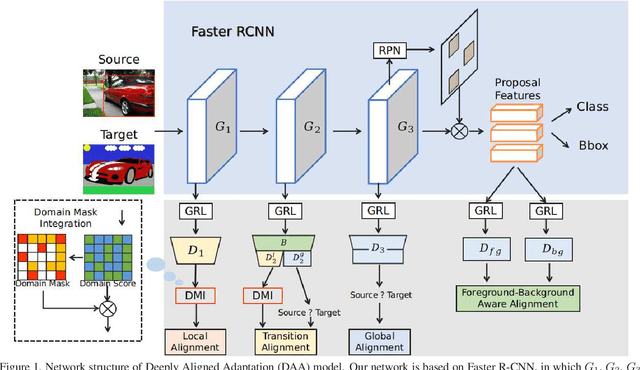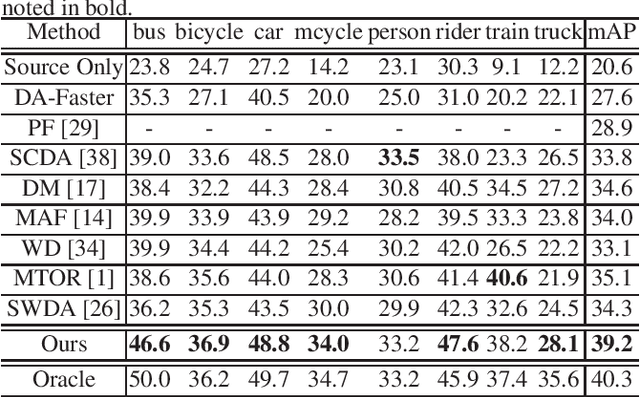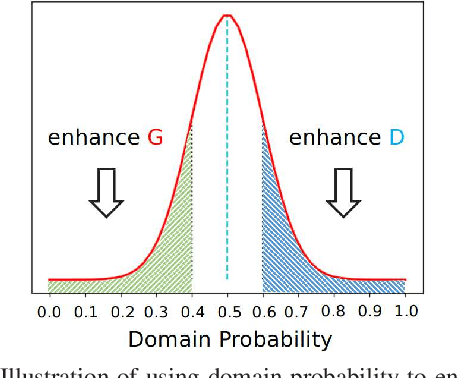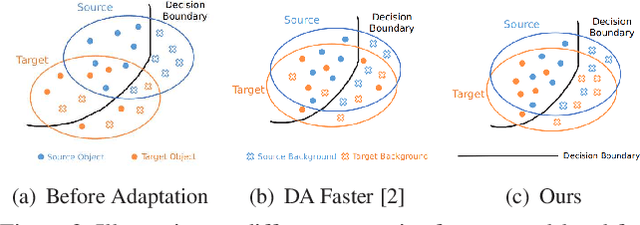Zhenshan Xie
Cortical Surface Diffusion Generative Models
Feb 07, 2024Abstract:Cortical surface analysis has gained increased prominence, given its potential implications for neurological and developmental disorders. Traditional vision diffusion models, while effective in generating natural images, present limitations in capturing intricate development patterns in neuroimaging due to limited datasets. This is particularly true for generating cortical surfaces where individual variability in cortical morphology is high, leading to an urgent need for better methods to model brain development and diverse variability inherent across different individuals. In this work, we proposed a novel diffusion model for the generation of cortical surface metrics, using modified surface vision transformers as the principal architecture. We validate our method in the developing Human Connectome Project (dHCP), the results suggest our model demonstrates superior performance in capturing the intricate details of evolving cortical surfaces. Furthermore, our model can generate high-quality realistic samples of cortical surfaces conditioned on postmenstrual age(PMA) at scan.
Deeply Aligned Adaptation for Cross-domain Object Detection
Apr 09, 2020



Abstract:Cross-domain object detection has recently attracted more and more attention for real-world applications, since it helps build robust detectors adapting well to new environments. In this work, we propose an end-to-end solution based on Faster R-CNN, where ground-truth annotations are available for source images (e.g., cartoon) but not for target ones (e.g., watercolor) during training. Motivated by the observation that the transferabilities of different neural network layers differ from each other, we propose to apply a number of domain alignment strategies to different layers of Faster R-CNN, where the alignment strength is gradually reduced from low to higher layers. Moreover, after obtaining region proposals in our network, we develop a foreground-background aware alignment module to further reduce the domain mismatch by separately aligning features of the foreground and background regions from the source and target domains. Extensive experiments on benchmark datasets demonstrate the effectiveness of our proposed approach.
 Add to Chrome
Add to Chrome Add to Firefox
Add to Firefox Add to Edge
Add to Edge